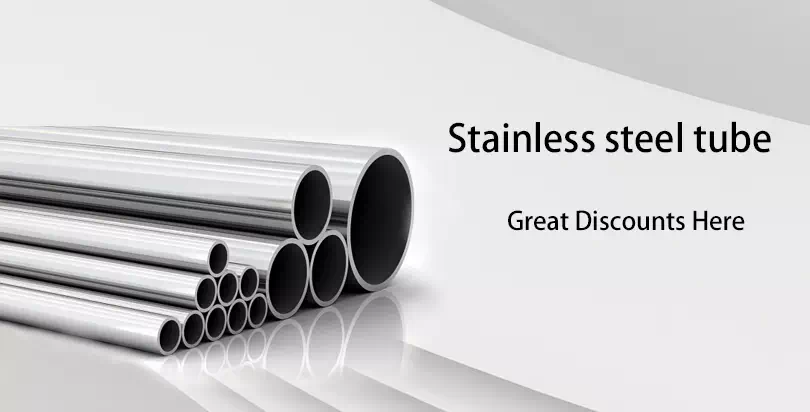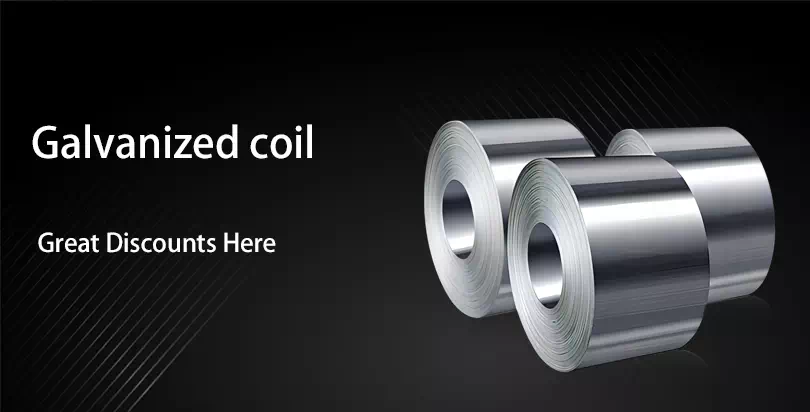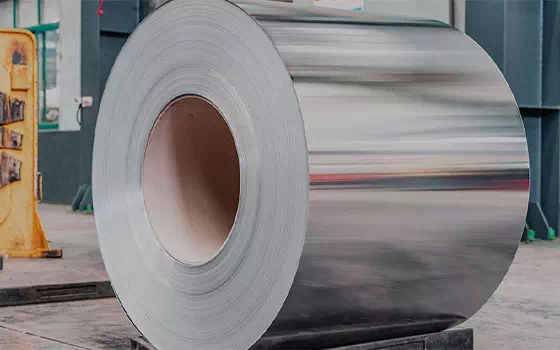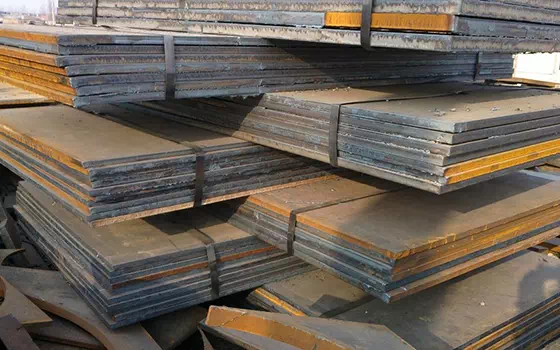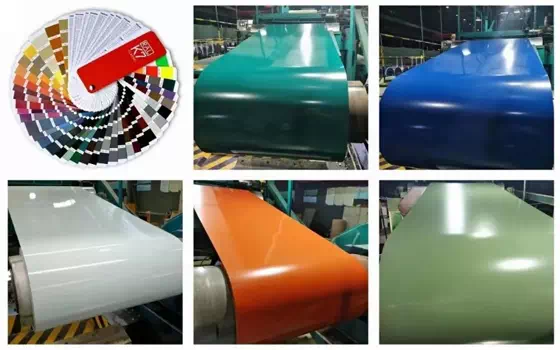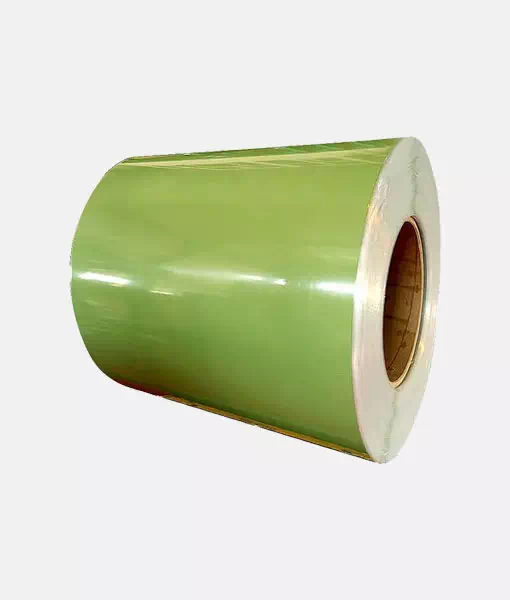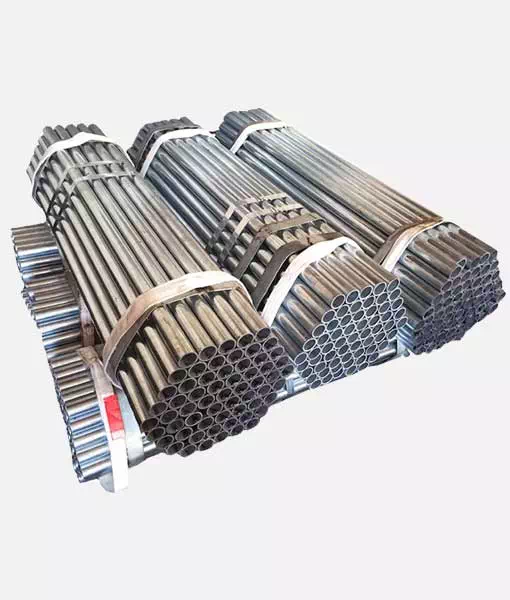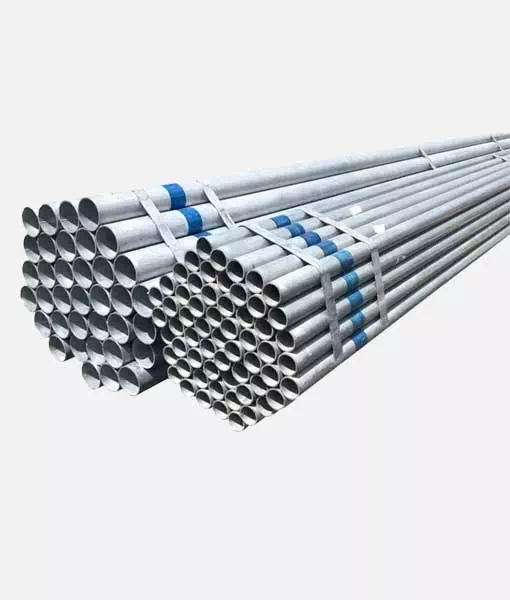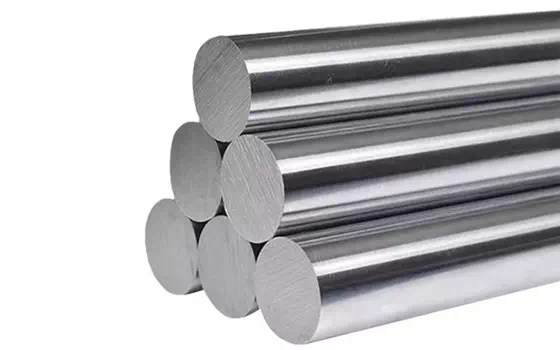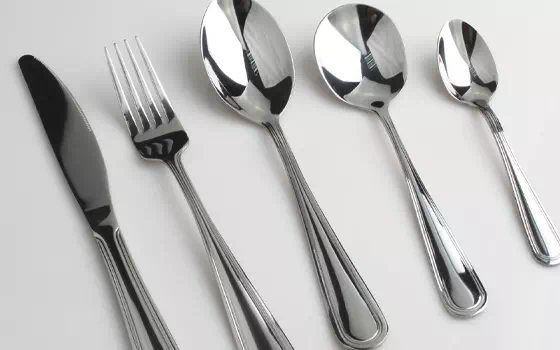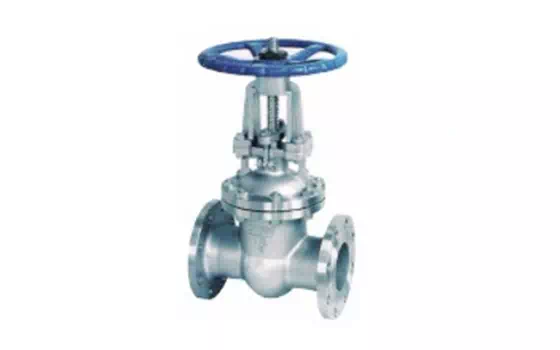※ Leakage plating
Causes and Solutions:
1. the plating surface is not clean
The surface of the plating parts containing paint, grease, welding distillation; It can be polished or prepared with relevant solvent scrubbing.
(2) iron oxide; Underpickling; Continue pickling.
2. Pickling and operation:
(1) Insufficient and excessive pickling. Underpickling, leaving iron oxides (rust spots) on the surface of the plating parts; After pickling, the surface structure of the steel matrix is destroyed, and the Si contained in it and a small amount of refractory oxides of active metals are attached to the surface of the plating, which prevents the combination of iron and zinc. Or because of pickling, so that the plating parts absorb hydrogen, galvanized, hydrogen and other heat expansion escape and leakage plating. Solution: Strictly control pickling, grasp the time of pickling.
(2) When pickling plating pieces superposition, overstock, resulting in leakage washing, or because of the structure of the plating parts when pickling and neglect to turn caused by eddy gas and leakage washing. Solution: Spread out the pickling as much as possible and turn frequently.
3. plating link
(1) Low concentration of additives, plating effect is not ideal; Solution: Adjust the appropriate concentration of auxiliaries.
(2) Improper proportion of auxiliaries and high content of zinc salt make auxiliaries salt film easy to absorb water and dehydrate, and hydroxides decompose into gas and explode zinc, forming leakage plating. Solution: adjust the ratio of additives.
4. zinc liquid composition and pan operation:
(1) Aluminum in zinc liquid is on the high side, resulting in leakage plating; Solution: Add zinc or use ammonium chloride consumption to reduce aluminum content;
The plating speed is too slow, auxiliary heat decomposition failure, causing leakage plating. Adjust the cooking speed appropriately.
(3) The zinc leaching time is too short, so that the iron-zinc reaction can not be carried out in time.
The zinc ash on the surface of the zinc liquid is not cleaned up when the plating parts are cooked, which makes the overheating zinc ash burning agent and leakage plating.
⑸ plating parts under the pot, because of the process hole or structure, the plating parts of the high temperature gas heat escape, the agent burning caused by leakage plating. Solution: Sprinkle with ammonium chloride in moderation.
5. plating material
The steel surface contains refractory oxides of silicon, aluminum and other elements, so that the iron-zinc reaction is prevented.
(2) The steel matrix contains too much carbon, or too much iron carbide is produced in the process of steel refining, which makes the combination of iron and zinc difficult, resulting in leakage plating.
(3) Plating parts material processing and forming defects, resulting in material cracking, acid, moisture and additives into, causing leakage plating. At present, there is no good solution except ammonium chloride.
※ Zinc explosion
Plating parts in the zinc pot, because of many reasons to produce gas, too high temperature makes the gas expansion, resulting in zinc liquid splashing phenomenon. Main causes:
(1) Because the plating parts are not dry under the condition of the pot, the water heated rapidly from liquid into gas and rapid expansion.
The plating temperature is too low, resulting in moisture absorption, into the pot after the water vapor expansion.
(3) Due to the improper proportion of additives, ammonium chloride or zinc chloride imbalance, a large amount of ammonium chloride hand thermal decomposition into ammonia and hydrogen chloride gas, expansion of the formation; Or excessive zinc chloride moisture absorption resulting in the formation of water vaporization.
The structure of plating parts, such as clamping, semi-closed pipe, under the condition of slightly faster speed is easy to produce zinc explosion. Building materials wholesale and retail.
※ Color difference
Mainly due to the violent reaction of iron and zinc. Due to the violent reaction of Fe-Zn, the original complete coating consisting of alloy layer and pure zinc layer becomes only alloy layer without pure zinc layer.
Gray or dark gray is the color of iron zinc alloy.
In addition, if the quality of zinc liquid deteriorates, the iron content in zinc liquid increases, and the pure zinc layer on the surface of galvanized is gray because of the iron content, resulting in color difference.
Specific causes:
The coating material contains more carbon, silicon, sulfur, phosphorus and other elements. Due to the inert electrode formed by these elements, the relative potential becomes higher, which leads to the intensification of the reaction between iron and zinc.
(2) The content of aluminum and other metal elements in zinc solution is too small, so the iron-zinc reaction of active steel and other materials can not be effectively inhibited.
⑶ The increase of iron content in zinc liquid makes the quality of zinc liquid deteriorate.
Improvement measures:
(1) According to the material, choose the appropriate galvanized temperature;
(2) Adjust the composition of zinc liquid to control the content of aluminum and nickel in a proper range;
(3) Shorten zinc dipping time as much as possible;
(4) After the pot, as soon as possible into the water cooling.
Timely purification of zinc liquid, to ensure the quality of zinc liquid.
※ Fluid hanging, zinc accumulation, zinc nodules
Flow hanging is mainly due to plating parts from the zinc pot out, plating parts surface zinc liquid local solidification. Zinc accumulation is due to excessive coating of zinc on the surface of the coating. Zinc plating parts lead to the high extraction speed of zinc liquid did not flow out in time or because the zinc liquid did not run out of water cooling.
The solution:
Control the plating speed, grasp the cooling time.
Zinc nodules are mainly caused by zinc fluid and operation.
Zinc liquid: low temperature and zinc liquid containing impurities lead to excessive viscosity;
Operation: plating parts lead out too fast.
Solution: Choose the appropriate galvanized temperature, purify the zinc liquid in time, and ensure that the quality of the zinc liquid is clean and does not affect the galvanized.
※ Coating inclusion
The pure zinc layer on the surface of the plating is mixed with zinc ash, zinc slag and flux residue.
The solution:
(1) Ash timely and thoroughly clean; When galvanizing, make the resulting zinc ash as far away as possible.
⑵ Control the auxiliaries, purify the zinc liquid in time, and avoid the excess zinc slag and zinc ash.
※ White rust
The main components are zinc oxide and zinc hydroxide.
Cause: The zinc on the surface of the plating part is corroded by oxygen absorption in the humid environment.
The solution:
⑴ Ensure the passivation quality of plating parts.
(2) Plating parts should be packaged after drying.
(3) The storage of plating parts should ensure good ventilation, or in the plating parts of the outer layer of oil protection.


